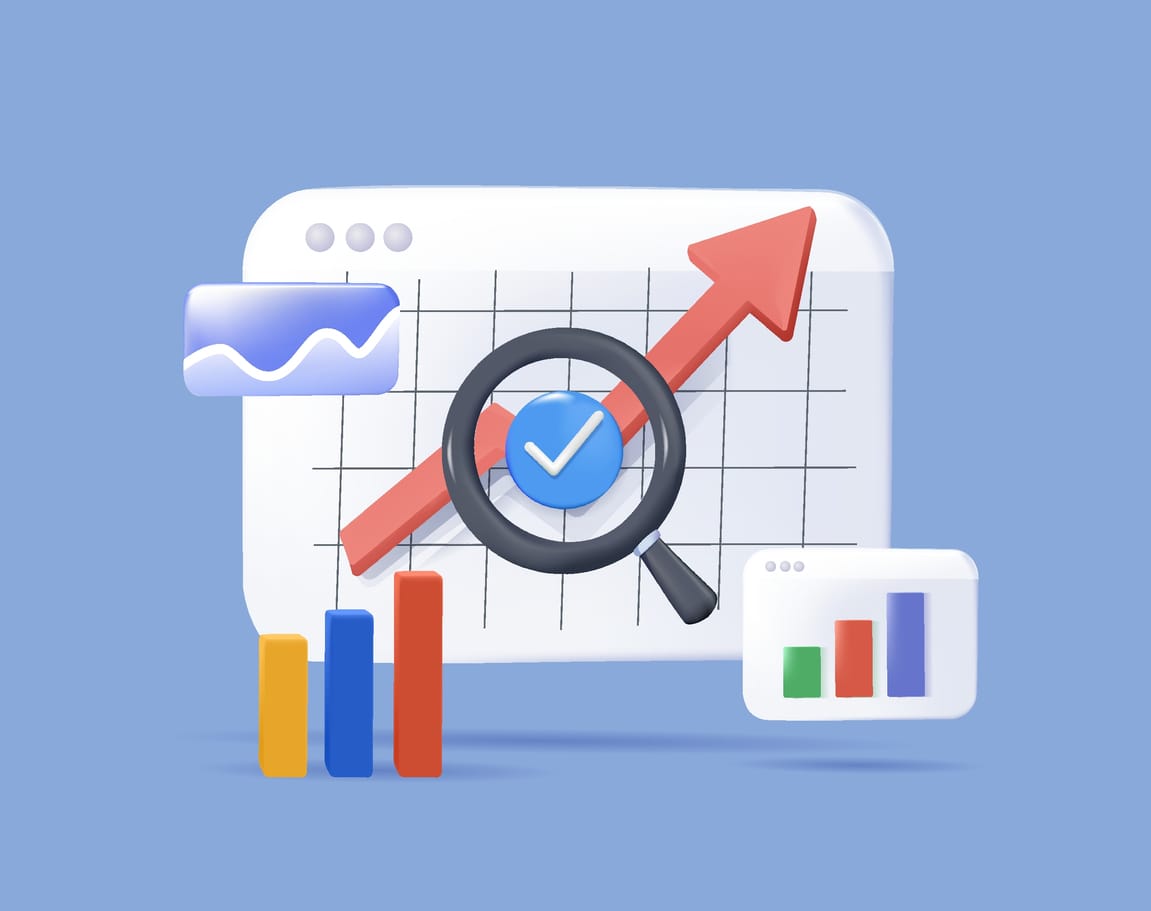Account-Based Marketing (ABM) is often hailed as the holy grail for SaaS businesses looking to scale. While the concept has gained massive popularity, it’s important to understand that it’s not always the right fit for every business. For smaller SaaS startups, especially those with limited resources, ABM could become a costly and ineffective strategy.
In this blog, we’ll take a closer look at ABM’s real-world challenges for small businesses and explore a more sustainable, “ABM Lite” approach that can drive results without burning through your resources.
What is ABM and why is everyone talking about it?
At its core, Account-Based Marketing is a highly targeted marketing strategy where a business focuses its efforts on a small number of key accounts, tailoring marketing efforts for each specific company. Think personalised landing pages, ads, outreach, and content, all designed for a select few accounts you believe are the best fit for your product.
The idea behind ABM is simple: Rather than casting a wide net and hoping to capture leads, ABM helps you laser-focus on high-value accounts that can drive meaningful revenue. For big companies with the budget and teams to support this, ABM is a powerful tool. But for small SaaS startups, it’s a different story.
Why ABM might be the wrong strategy for SaaS startups
Limited resources
ABM requires significant resources. From building dedicated landing pages and ads for each target account, to using expensive tools for intent data, tracking, and personalisation, ABM can quickly become a drain on time, energy, and money. For small SaaS teams, this is often simply unfeasible.
Take it from Jamie, Head of Marketing at Rocket SaaS, who has worked at large companies like Cognisant with massive marketing teams. “ABM, done the right way, is resource-heavy and data-driven. At Cognisant, we had a team of specialists and access to high-end tools like multi-touch attribution software and intent data platforms like Qualified and DreamData. But that’s just not something small teams can manage,” Jamie explains.
A narrow focus: The risk of over-specialisation
One of the biggest issues with traditional ABM is the heavy focus on a very small group of accounts. While it might seem smart to focus all efforts on just 100 highly targeted companies, the reality is that only a small percentage of your target accounts will be “in-market” and ready to buy at any given moment. Even with ABM tools, it’s still a gamble.
In fact, as Jamie points out, “If you create a list of 100 companies and don’t have the data or tools to know whether they’re in-market, you’re essentially gambling. You might send out chocolates and personalised messages, but if they’re not ready to buy, it’s a wasted effort.”
For startups, this kind of over-targeted approach can lead to frustration and missed opportunities, as it’s difficult to predict which companies will actually convert. With a smaller team, you’re limited in the number of accounts you can meaningfully target, and the resources required to manage such a focused approach may outweigh the results.
The solution: “ABM Lite” for small teams
Instead of diving headfirst into ABM with a laser-focus on just a few high-value accounts, Jamie advocates for a more sustainable approach: “ABM Lite.” This approach combines the principles of account-based targeting but simplifies and streamlines the strategy for businesses with limited resources.
Broader account pool, smarter targeting
Rather than focusing exclusively on 100 accounts, ABM Lite allows you to cast a wider net. By expanding your target list to a larger universe of accounts, say, 15,000, you can build a pool that you can realistically target over time. This approach uses data-driven targeting and intent data to help you narrow down the most promising accounts.
The key is to avoid focusing on a handful of accounts that may not be ready to buy. Instead, map out your Ideal Customer Profile (ICP) and target companies that fit within it, but don’t limit your targeting to just a few.
Leveraging intent data without breaking the bank
Intent data is one of the most powerful aspects of ABM, allowing you to track which companies are showing buying signals. However, traditional ABM tools that track this data can be expensive, especially for small businesses.
Instead, Jamie recommends focusing on simpler and more affordable tools to get the most out of intent data. Platforms like Fibbler and HubSpot’s buyer intent module can help small businesses track engagement signals and refine their targeting.
These tools help you see which accounts are engaging with your website, downloading content, or interacting with your ads, without the need for large-scale investments in enterprise-level ABM tools. By using these insights, you can fine-tune your account list and build out workflows with sales teams based on specific engagement thresholds.
Building simple workflows and campaigns
Once you’ve mapped your target accounts and identified the ones that are showing the most intent, it’s time to start creating campaigns to convert them. These campaigns can be simple and scalable, focused on getting prospects to book demos, download case studies, or engage with your product in other ways.
Rather than spending resources on one-to-one, hyper-personalised campaigns for each account, create workflows and nurturing campaigns that allow your sales team to engage with the right prospects at the right time.
With ABM Lite, your focus should be on building sustainable, low-touch strategies that deliver measurable results over time.
Is ABM still worth pursuing for SaaS startups?
While Jamie acknowledges that ABM, when done correctly, can be highly effective, he also stresses that it’s not a one-size-fits-all strategy. For SaaS startups, ABM in its purest form can be resource-intensive and lead to disappointing results if the right tools and data aren’t available.
Instead of chasing the ABM gold standard, small businesses should think about ABM in a more flexible, scalable way. By targeting a broader pool of accounts and using affordable intent data tools, startups can still benefit from the power of ABM without the heavy resource burden.
Key takeaways
- Go wide, then narrow: Instead of focusing on a handful of accounts, start with a broader list of accounts that fit your ICP, and use intent data to narrow it down.
- Simplify your tools: Use affordable tools for tracking intent data and engagement, rather than investing in expensive platforms that are out of reach for small teams.
- Create sustainable workflows: Develop marketing workflows that can be scaled and built upon over time. Focus on high-impact activities that deliver measurable results.
- Don’t get bogged down: Don’t feel pressured to run a fully-fledged ABM programme, start small, iterate, and expand your efforts as your resources grow.
ABM may be the right strategy for large companies with substantial budgets, but for SaaS startups, it’s often better to start small, think strategically, and scale over time. By focusing on the right accounts and using data-driven insights, you can achieve sustainable growth without burning through your marketing budget.
If you’re ready to get started with a more sustainable marketing approach, why not book a free call with the Rocket SaaS team? Let’s chat about how we can help you implement a smarter, more effective ABM strategy that aligns with your resources and goals.

Free SaaS marketing strategies & campaign ideas in your inbox every Thursday
Receive actionable SaaS marketing ideas to implement in your business







